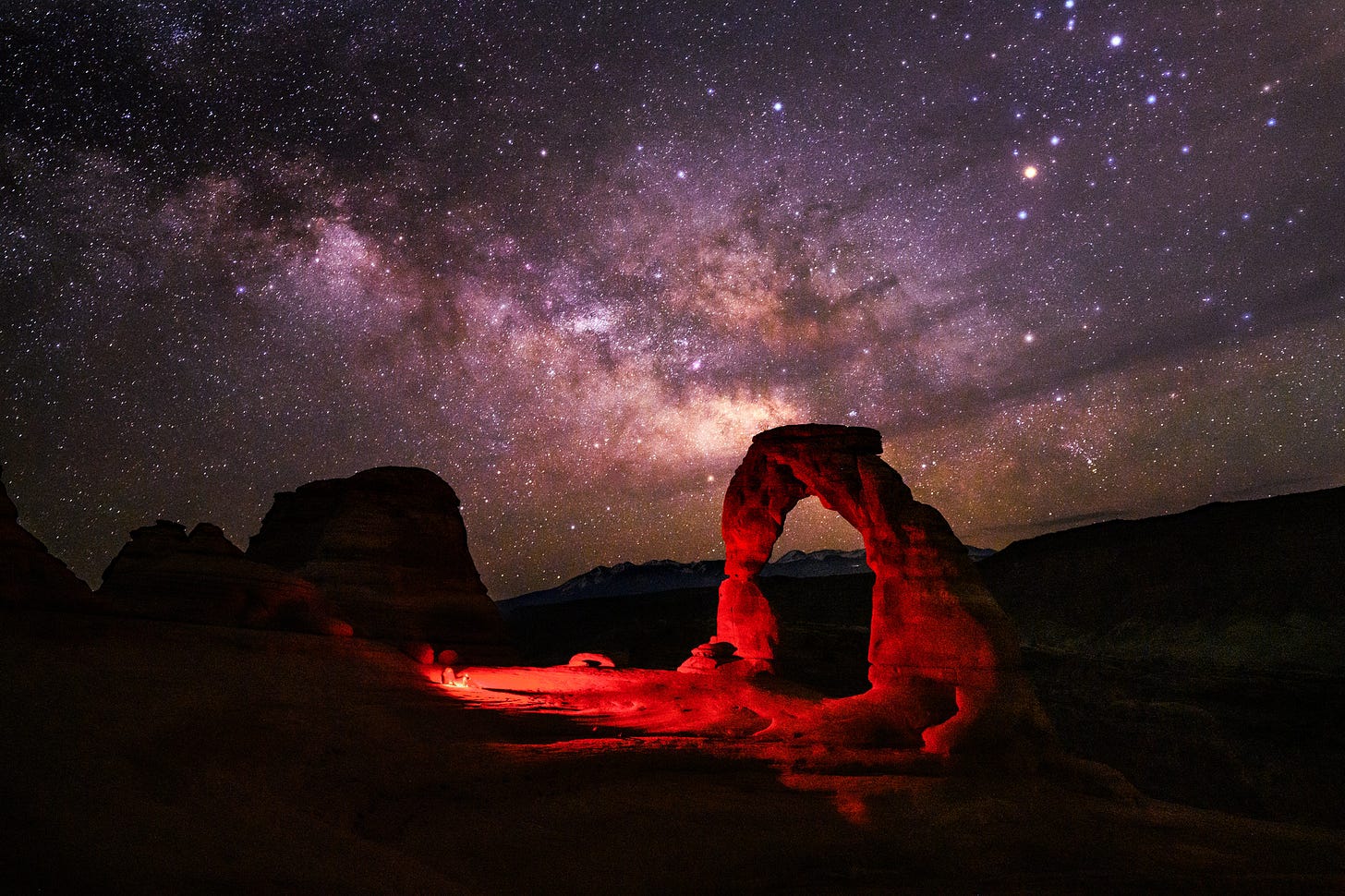AI Cannot Replace the National Park Service
A recent trip reminded me how automation simply cannot replace that human touch.
Zion National Park at sunrise.
I recently visited all five National Parks in Utah. Our visit was great, allowing us to explore a wide variety of desert landscapes. But inevitably, I couldn't help but notice how short-staffed the National Park Service (NPS) was, a result of the recent budget cuts enacted by the new Administration in Washington.
One of the great promises of these cuts is the rise of automation and AI to fill in the gaps. But while AI can certainly assist, it was crystal clear to me that Department of Interior civil service employees are desperately needed at the parks. There aren't enough staff members at the parks. Let’s dive deeper.
Observable Challenges
Canyonlands National Park.
At three different checkpoints in two parks, revenue was not collected because there was not enough staff to man the entry booths and trail checkpoints. The honor system was in play. While many will comply, some will access the parks without paying. Kind of works against the stated purpose of DOGE: To save money.
On the AI front, yes, you could have automated payment stations in place similar to many parking lots. But you would still need National Park Service members on remote checkpoints, and to man stations when inevitable mechanical and human errors occur.
Another more painful shortcoming was the management of traffic flow, both on foot and by vehicle, in two of the more popular parks. Traffic flow has become more manageable at Arches National Park since my last visit, thanks to timed entries. Similar or other measures are needed in Zion and Bryce National Parks, both of which were overcrowded. Zion was so bad, I won’t return until measures are put in place.
Even with analytics-fueled traffic management, you would need Park Service members to assist in the traffic flow. Staff members at Arches were available to maintain the time entries, even though they were automated with QR codes. But they were not available at crowded parking lots to prevent people from double parking or using handicapped parking spots. One had to wonder if that was a result of DOGE.
And finally, the information centers were filled with kiosks and brochures on what to do in the parks. Some of the individual Park pages in the NPS app had very detailed descriptions of activities, including self-guided tours and well-organized hikes.
Nevertheless, tourists — including us — inevitably went to the Park Visitor Center’s information desks to talk with Rangers. It turns out that human-provided guidance means something more to people, a lesson many organizations have learned or choose to ignore with automated customer service.
In another park, there were no visible rangers outside of the Visitor Center. This is a likely outcome for more and more of the various less popular parks and sites in the NPS systems. Visitors will be left to figure things out on their own.
How AI Can Assist National Park Service Rangers and Employees?
The Milky Way rises over Delicate Arch (photographed on a prior trip in 2021).
Until we achieve sentient robotics with artificial general intelligence (AGI) — if we ever realize this theory — it is simply impossible to replace the many civil servants who make the National Park Service experience so unique. Even if we do achieve this scientific accomplishment, would humans welcome robotic assistance from the National Park Service? In my opinion, that human touch cannot be discounted.
However, there are ways to use AI to help rangers and employees improve efficiencies and effectiveness. Below are some of the more obvious ones, many of which are already in use
Payment automation: Use automated payment systems — prepaid passes and machines that take payments on site — for park entry.
Resource management: AI can analyze visitor patterns to optimize staffing, facilities maintenance, and resource allocation across parks. Rangers can be deployed to address pressure points and challenges.
Wildlife monitoring: AI-powered cameras and recognition systems can track animal populations, migration patterns, and behavior without constant human presence.
Visitor assistance: AI chatbots can be added to websites and mobile apps to provide real-time information about trails, wildlife sightings, safety alerts, and educational content.
Infrastructure maintenance: Computer vision systems can monitor trail conditions, identify hazards, and prioritize maintenance needs.
Conservation research: Environmental analytics can track climate change impacts on park ecosystems and help prioritize conservation efforts. This would probably have to wait for a more enlightened Administration.
Accessibility: AI translation and interpretation services can help make parks more accessible to international visitors and people with disabilities. Another use case for a more enlightened Administration.
In all of these instances, rangers and employees are still needed. Whether they make strategic decisions, manage larger challenges, address tier 2 service issues, or provide that human touch for those who need it. Our National Park Service employees are still required.
What do you think?







